Teeming with picturesque landscapes of quaint villages, sprawling rice terraces, undulating mountains and lush nature hikes, Zhejiang Province's Lishui is an ideal year-round destination for anything from a long weekend getaway to a full week or more of relaxation.
Video courtesy of Graeme Kennedy
Situated 500 kilometers south of Shanghai, and sharing a border with Fujian Province, Lishui boasts over 80% forest coverage, leading to it being dubbed 'Zhejiang’s Green Valley,' and making it a must-visit for nature enthusiasts.
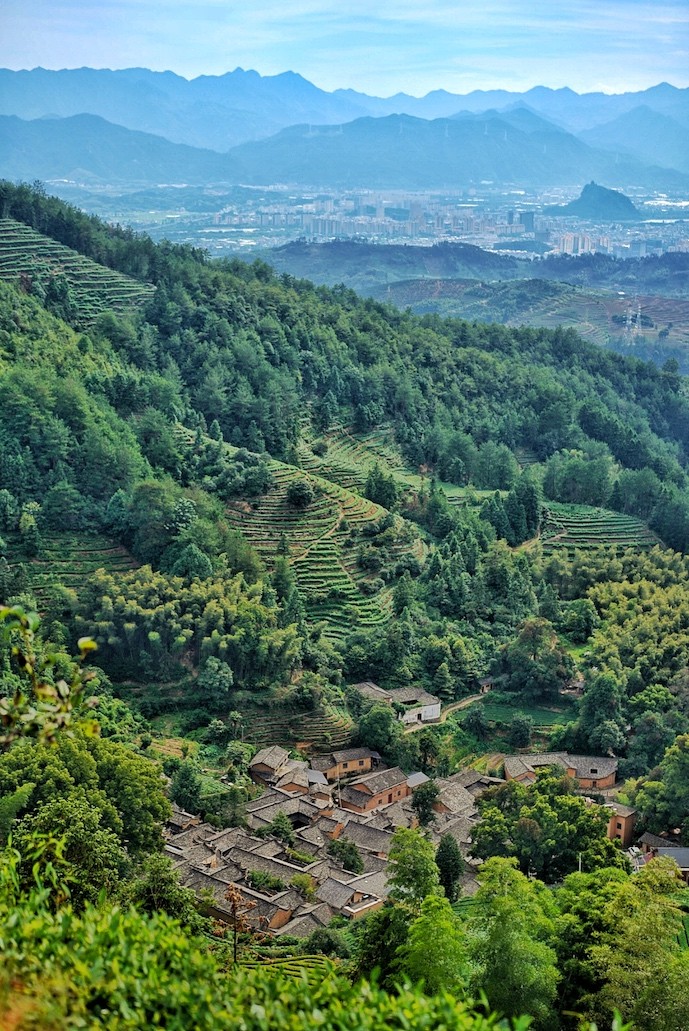
Image by Sophie Steiner/That's
Of its 3,573 mountain peaks, many reach an altitude of over 1,000 meters, making for the perfect climate for mushroom cultivation – a key industry that has earned Lishui's Qingyuan County the distinction of a Globally Important Agricultural Heritage System by the United Nations Food and Agriculture Organization.

Image by Sophie Steiner/That's
Arguably the region’s most photogenic spot – with its mountainous views that plummet into lucid waters below – the 5A-level tourist attraction Xiandu Scenic Area of Jinyun County has become the backdrop for films and TV dramas – like The Demi-Gods & Semi-Devils, Swordsman, and Swords of Legends.
Here, visitors can take it all in from Dinghu Peak, hike Zhutan Mountain, study the Yanwendong stone cliff carvings, and admire the surreal scenery reflections in Haoxi.
For the history buffs, Lishui is also full of traditional architecture that chronicles its more than 1,400 year-legacy.
The famed covered bridges – cultural relics that date back to the Tang, Song, Ming, and Qing dynasties – and the Tongjiyan Irrigation System – built in 505 AD, making it one of the oldest large-scale water conservancy projects in China – are just two of the area’s draws.
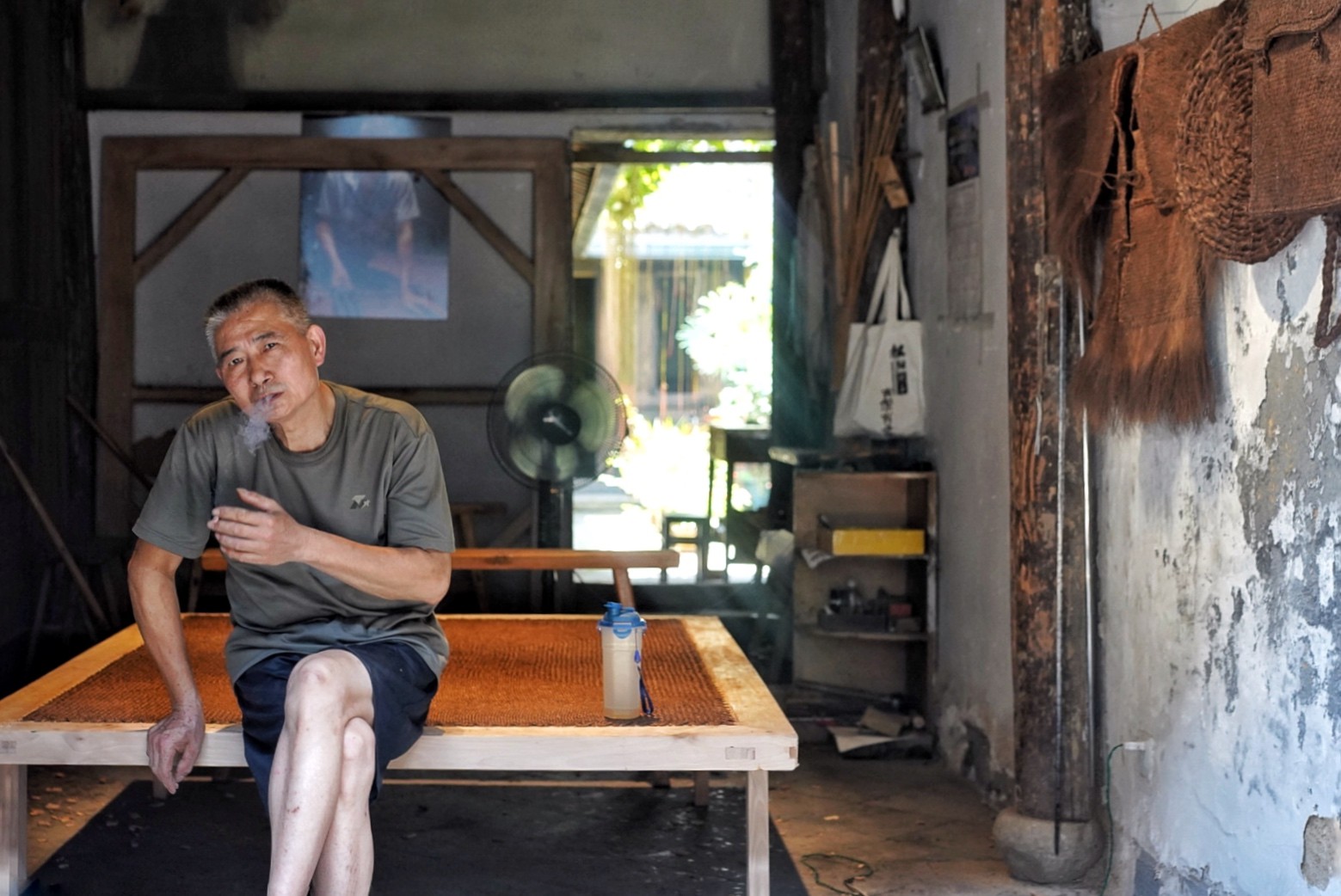
Image by Sophie Steiner/That's
Rich in minority heritage, visitors can also learn about the She nationality of Jingning, the only remaining ethnic minority county in Eastern China – and experience their traditional hunting rituals, ancestor worship performances, and wedding ceremonies.

Image by Sophie Steiner/That's
While the rest of China careens forward at an exponential pace, the traditional villages and scenic spots of Lishui remain bucolic – frozen in time – enjoying a slower pace of life that hasn’t changed much in the last century.
Yunhe Rice Terraces 云和梯田
Spanning an area of 51-kilometers, the hilly slopes that make up the Yunhe Rice Terraces deserve their title as one of China’s most photographed destinations.
As the largest terraced field in Eastern China, Yunhe rice has been feeding the local population for more than 1,000 years.
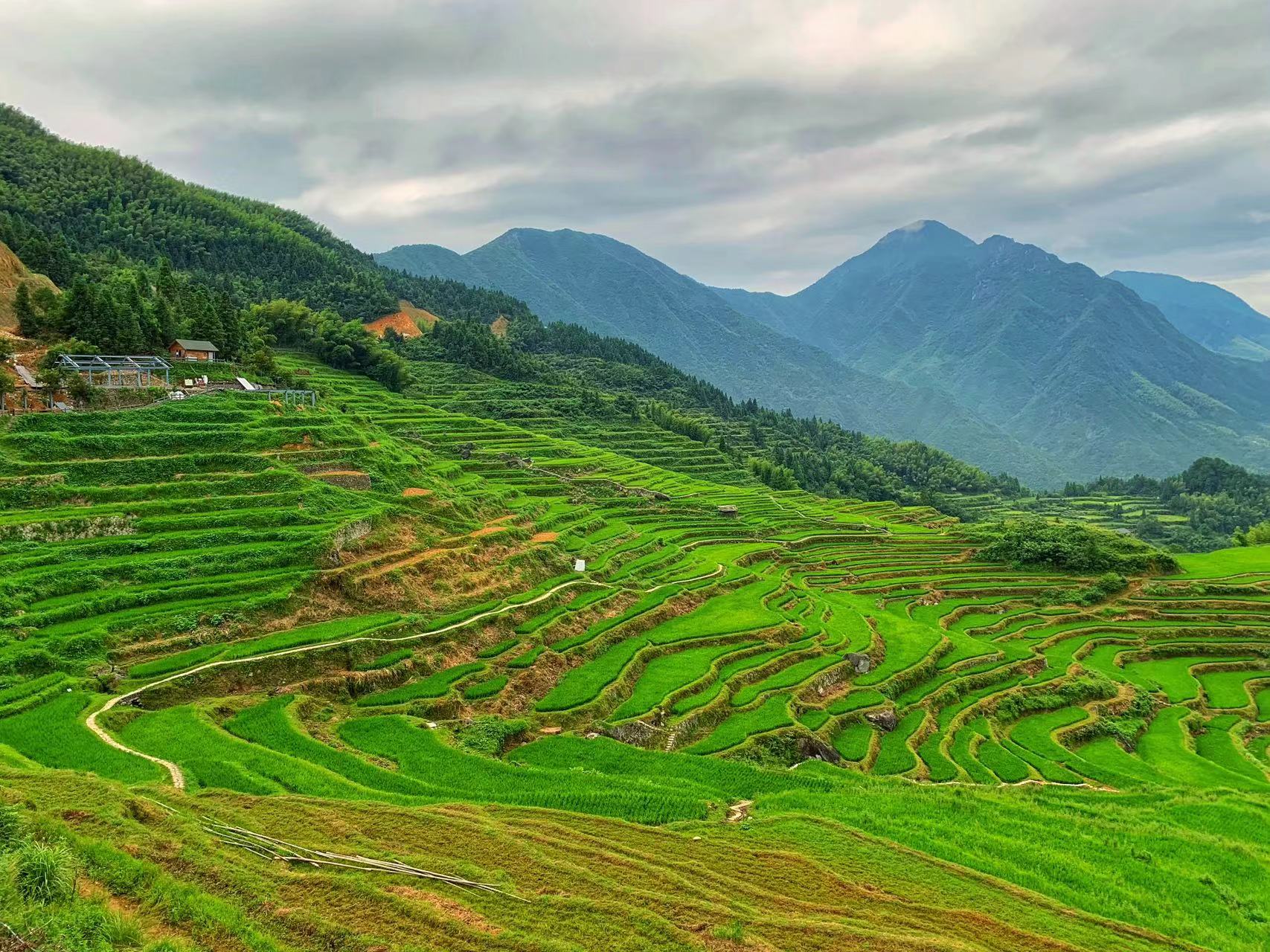
Image by Sophie Steiner/That's
Spanning vertical heights of 1,200 meters, the tiered terraces are dotted with charming villages, thick bamboo forests, babbling brooks and flowing waterfalls.
Winter sees a serene dusting of snow, while spring boasts flooded pools that reflect the surrounding colors of the season. Summer is all about the verdant greens, while fall focuses on the harvest.
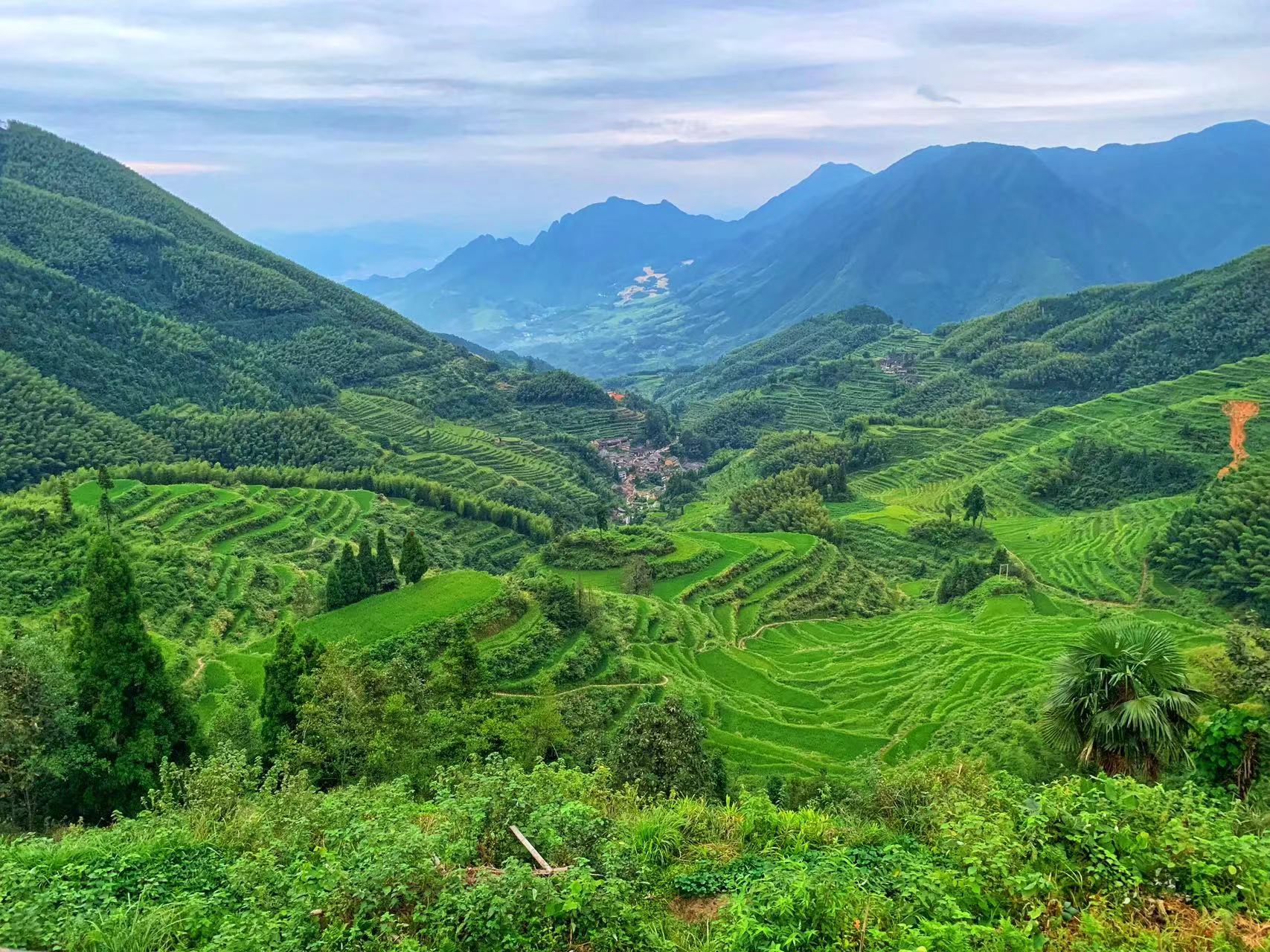
Image by Sophie Steiner/That's
Visitors can stay at Meizu Village (梅竹村), at the top of the terraces, with the expansive Seven Star Pier viewpoint just a five-minute walk away.
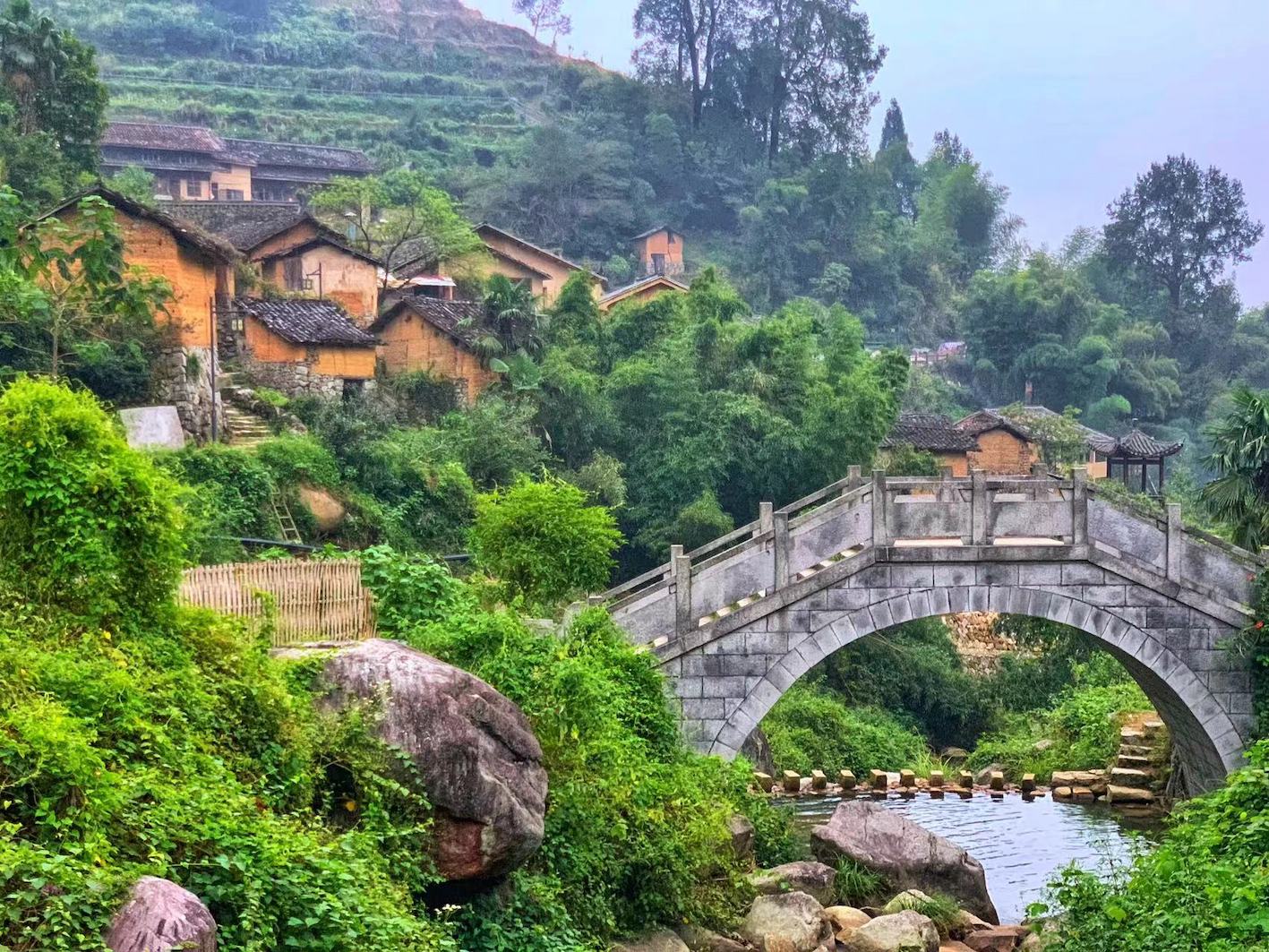
Image by Sophie Steiner/That's
An early morning hike down through the terraces will lead guests to the historic Kenggen Village, a tiny stone village nestled in a valley, sheathed by morning mist.
The narrow cobblestone path between the homes winds backwards and forwards in on itself in a seemingly nonsensical pattern, making wandering all the more enticing.

Image by Sophie Steiner/That's
On the way back to Lishui City, make time for an afternoon stopover at Dagantou’s Guyan Huaxiang, a water town and painter’s village split in two by a river.
Stroll along the Jiangbin Ancient Street to sample local delicacies while observing art students painting the nearby scenery.
Songyang County Villages 松阳县乡村
Known as the “last secret place south of the Yangtze River,” Songyang County is made up of more than 100 villages, 77 of which are currently recognized by the state as protected traditional villages.
These small towns are a smattering of well worn houses, with time-honored wooden structures, ancestral halls, and community temples – connected to other nearby villages through thousand-year-old preserved nature trails that follow streams, cutting through forests, tea fields and peach groves.

Image by Sophie Steiner/That's
Many of these villages only gained popularity in the last few years – largely owing to Chinese social media.
Nowadays, holiday weekends and festivals see at least 2,000 visitors, creating opportunities for villagers to open small shops, restaurants or guesthouses, thus putting even more of these villages on the map.
Yangjiatang 楊家堂
With a history extending to the beginning of the Qing Dynasty (mid-1600s), this tiny hamlet is comprised of only 50 houses.

Image by Sophie Steiner/That's
The villagers that still live in Yangjiatang mainly earn a living planting tea and fruit, making it a tranquil place to relax in the afternoon sun.
Right in the heart of the town is a 300-year old camphor tree that reaches its long branch arms out over the village – a form of fengshui found in the many neighboring settlements.
Songzhuang 松庄村
With roughly 600 residents, one for each of the villages’ 600 years-worth of history, Songzhuang offers pastoral views of locals balancing loads across a shoulder yoke, picking tea, cooking on outdoor earthen-ware stoves, and chopping firewood – like scenes from an ancient Chinese poem.

Image by Sophie Steiner/That's
Arguably the town’s most famous draw, the iconic century-old stone arch bridge has been featured in movies and on National Geographic on numerous occasions, appealing to history buffs and photographers alike.
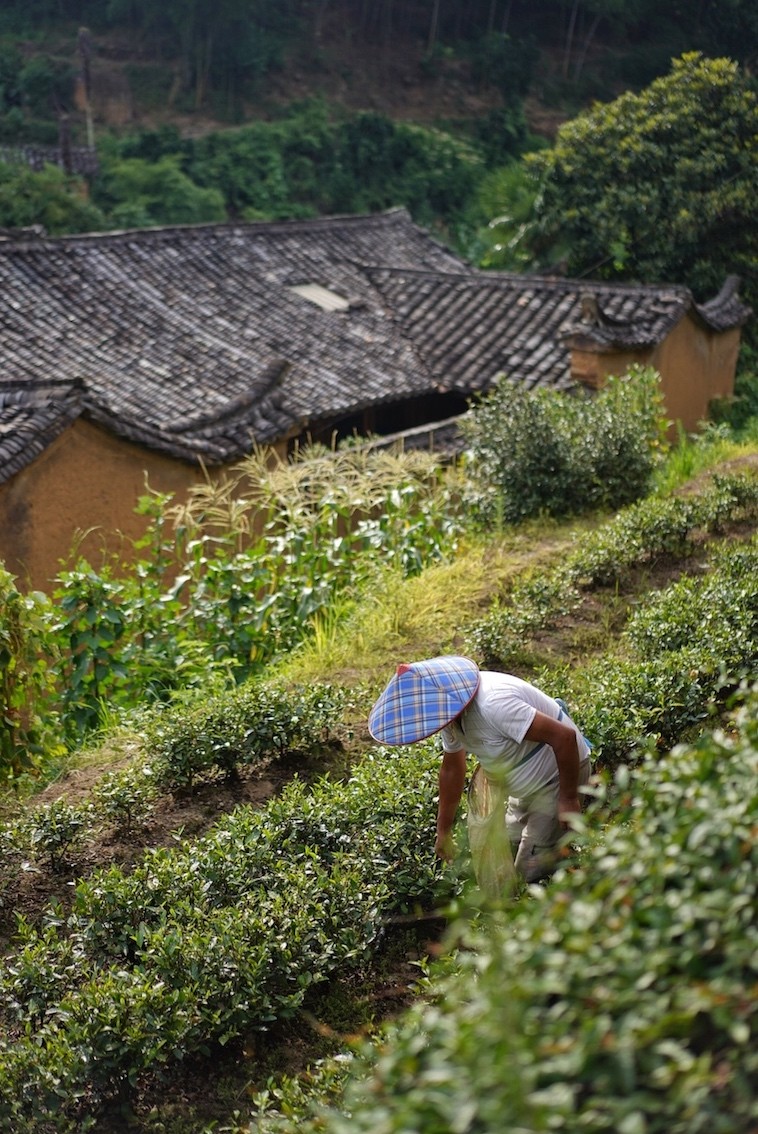
Image by Sophie Steiner/That's
The village itself is cut in two, separated by a narrow stream that passes through it in the shape of a curving S.
Here, villagers wash anything from laundry to vegetables, most of which is grown within walking distance.
Youtian 酉田村
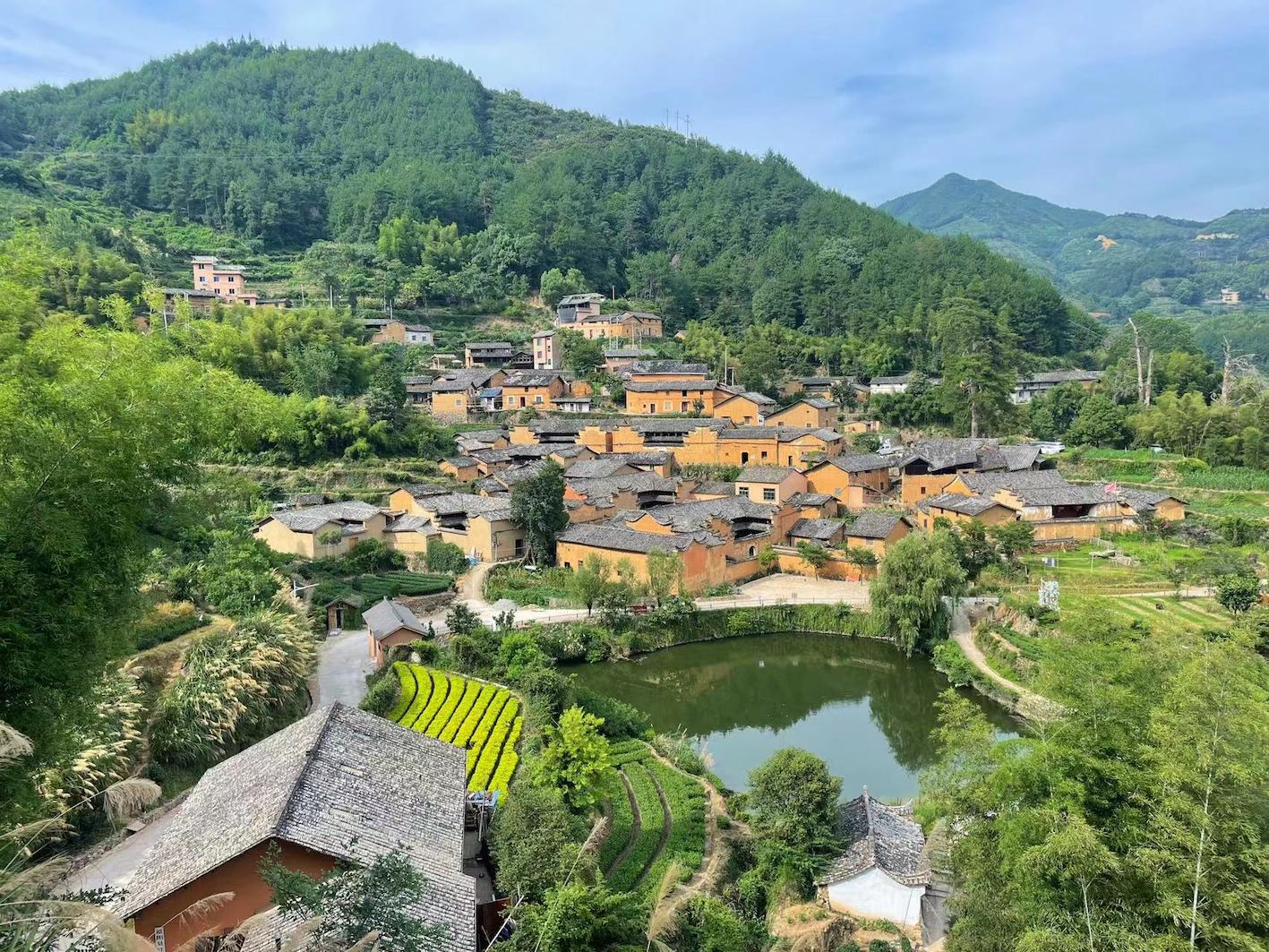
Image by Sophie Steiner/That's
Lesser known but well worth the jaunt, Youtian offers idyllic views, surrounded by ancient houses, just a 30-minute walk from the more Douyin-famous Yangjiatang.
Built into the side of a tea terrace, visitors can immerse themselves in a more peaceful pace of life, sipping a coffee from the town’s modern library and café, or a local tea from any of the small guesthouses.

Image by Sophie Steiner/That's
A 25-minute walk will also bring travelers to Houwan Village (后湾村), another less touristy destination, with preserved fruits and vegetables drying on woven baskets in the sun.
Songyang’s Old Street – Nanzhi Jie 南直街
Nanzhi Old Street (南直老街) is a historic winding street in the center of Songyang County Town, dating back to the Qing Dynasty.
This 300-meter-long alley is lined by mud-roofed buildings showcasing the traditional wooden architecture of the Ming and Qing dynasties.
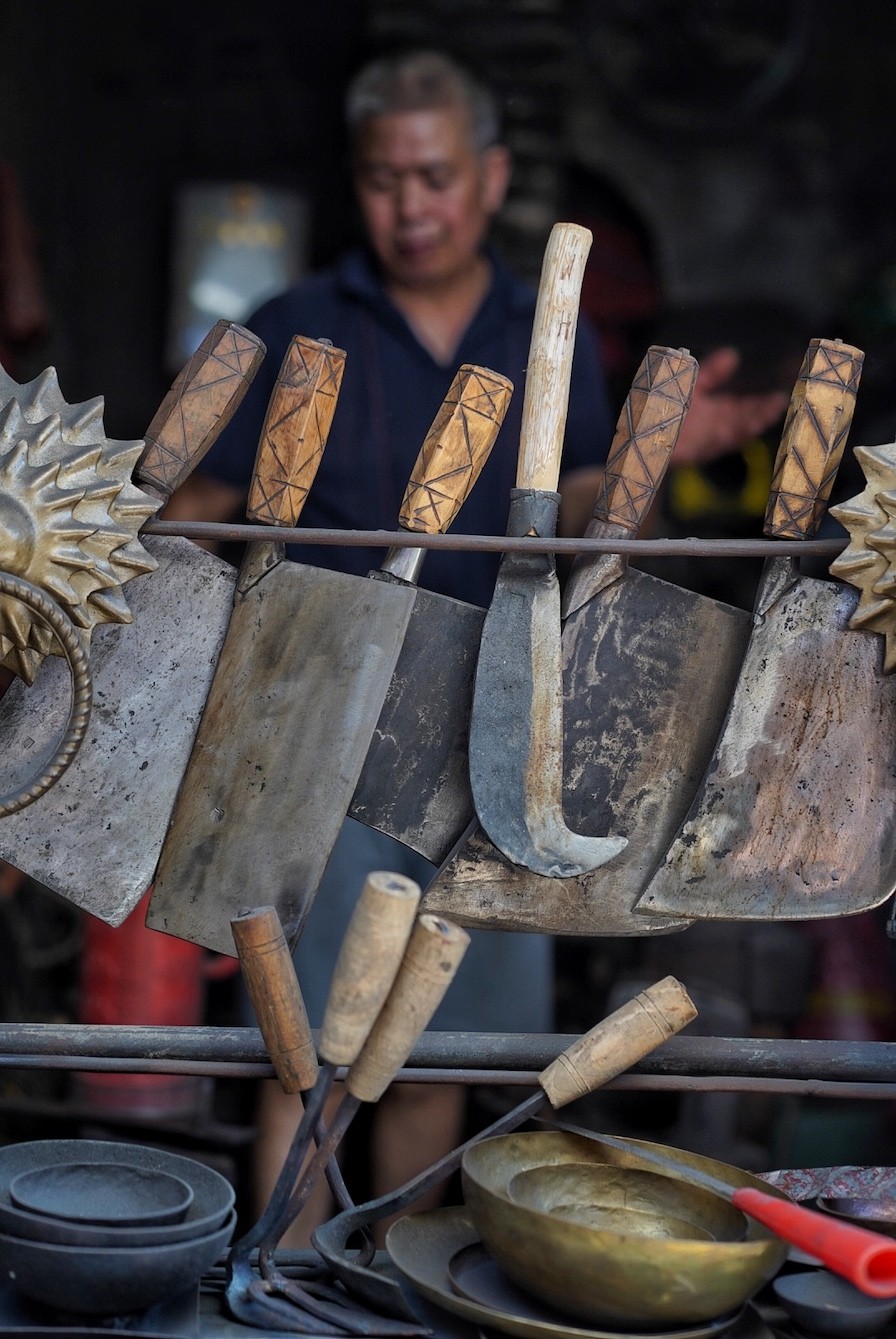
Image by Sophie Steiner/That's

Image by Sophie Steiner/That's

Image by Sophie Steiner/That's
Along the street, there’s a free museum and historic mansions, but the main draw is the eclectic mix of shops – Chinese medicine, pottery, iron tools, traditional clothing, barbershops, handicrafts, and snack stalls.

Image by Sophie Steiner/That's
Be sure to visit the street’s most famous noodle shop, Bai Xian Mian Guan (百仙面馆). Here noodles are rolled, cut, and boiled to order – the same process that has been used in this shop for over a century.
Choose between toppings like braised pork belly, fried pork chop, or tripe, and don’t forget to add a meigancai fried egg on top – a local specialty.

Image by Sophie Steiner/That's
The street also has famous baked bing stalls (flat circular bread stuffed with all manner of fillings), salt-roasted chicken, fruit-fermented rice wine, and flaky sesame cakes.
Qingyuan 庆元县
One of China’s 17 regions of global significance for biodiversity, the Qingyuan Forest-Mushroom Co-Culture System is an agroforestry system managed by gumin – farmers who cultivate mushrooms using techniques that go back thousands of years, focusing on sustainability to develop the mushroom industry.
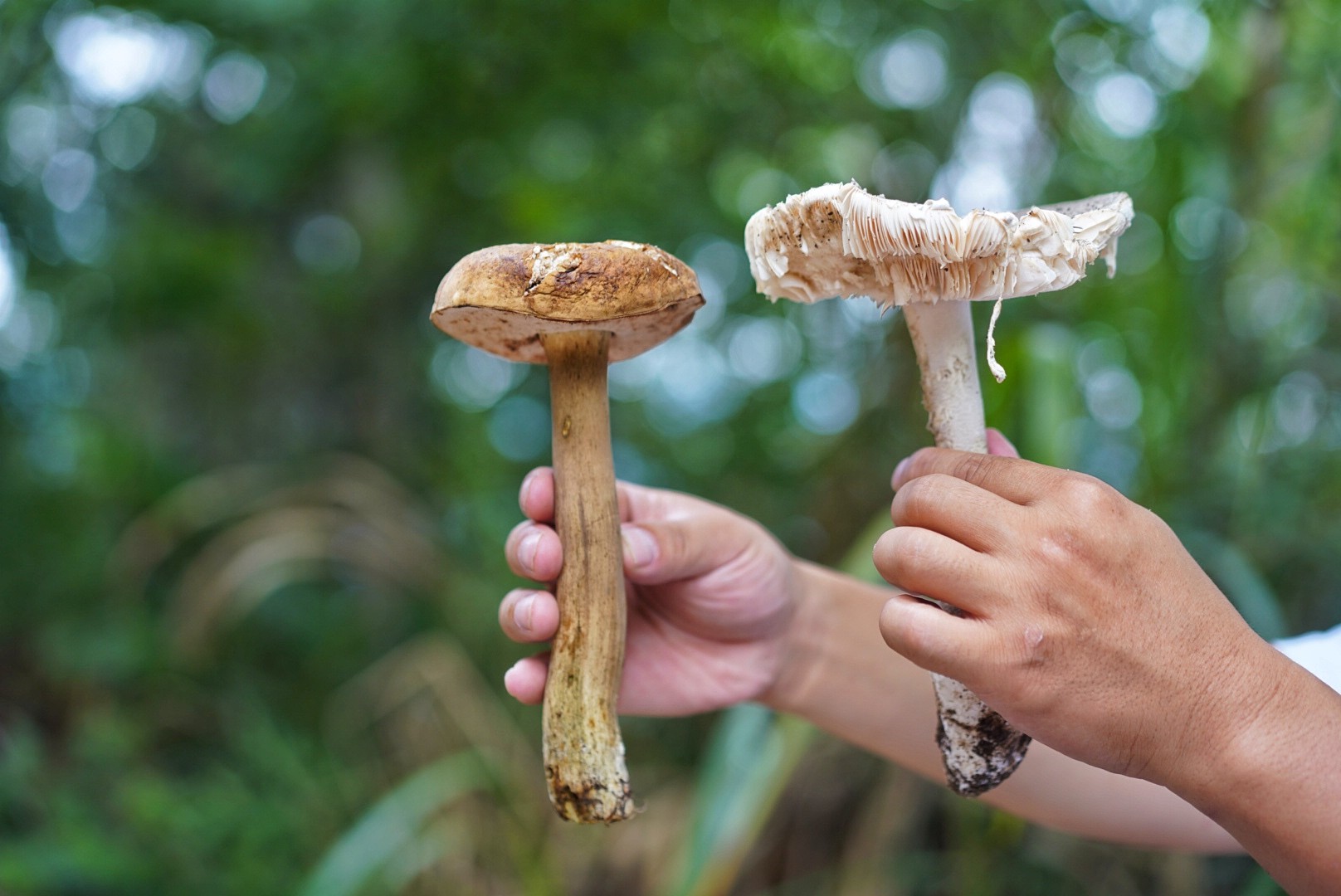
Image by Sophie Steiner/That's
While shitake mushrooms are the main draw – considered to be some of the highest quality in the world – dozens of edible species are harvested, processed, dried, exported and sold around the globe.
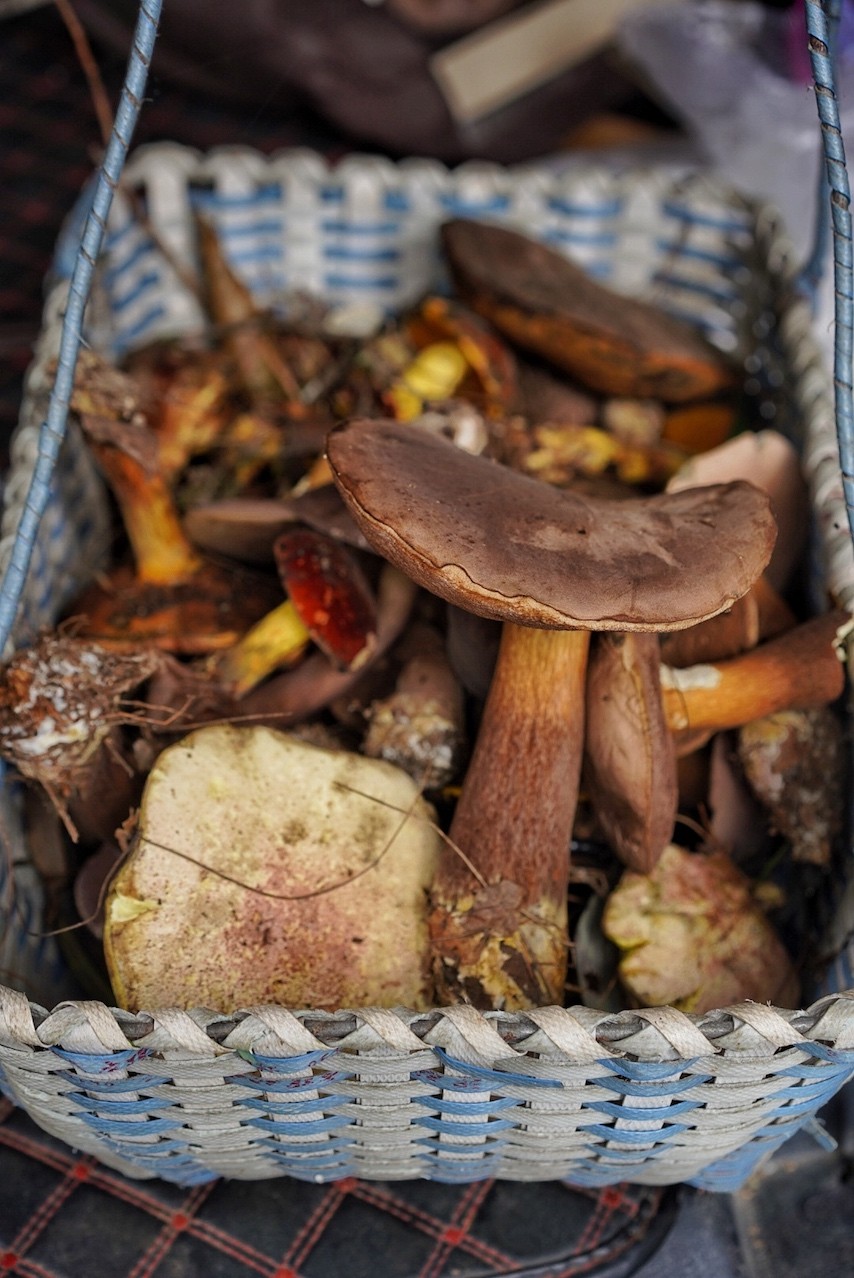
Image by Sophie Steiner/That's
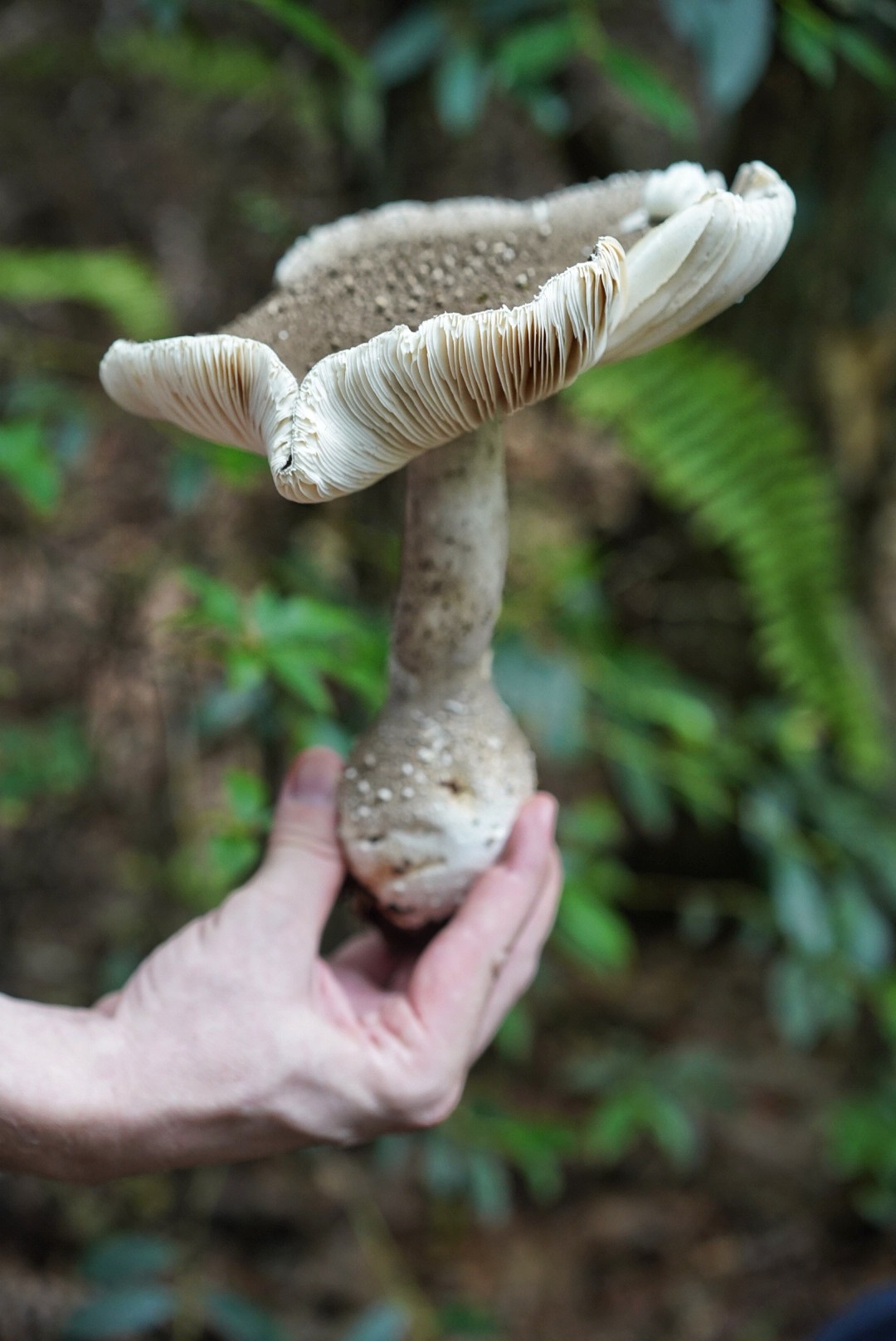
Image by Sophie Steiner/That's
Travelers can go mushroom foraging with local guides, and enjoy the fruits of their labor cooked in the style of the area – mountainous cuisine marked by ingredients like bamboo, river fish, and many other dried and preserved vegetables.
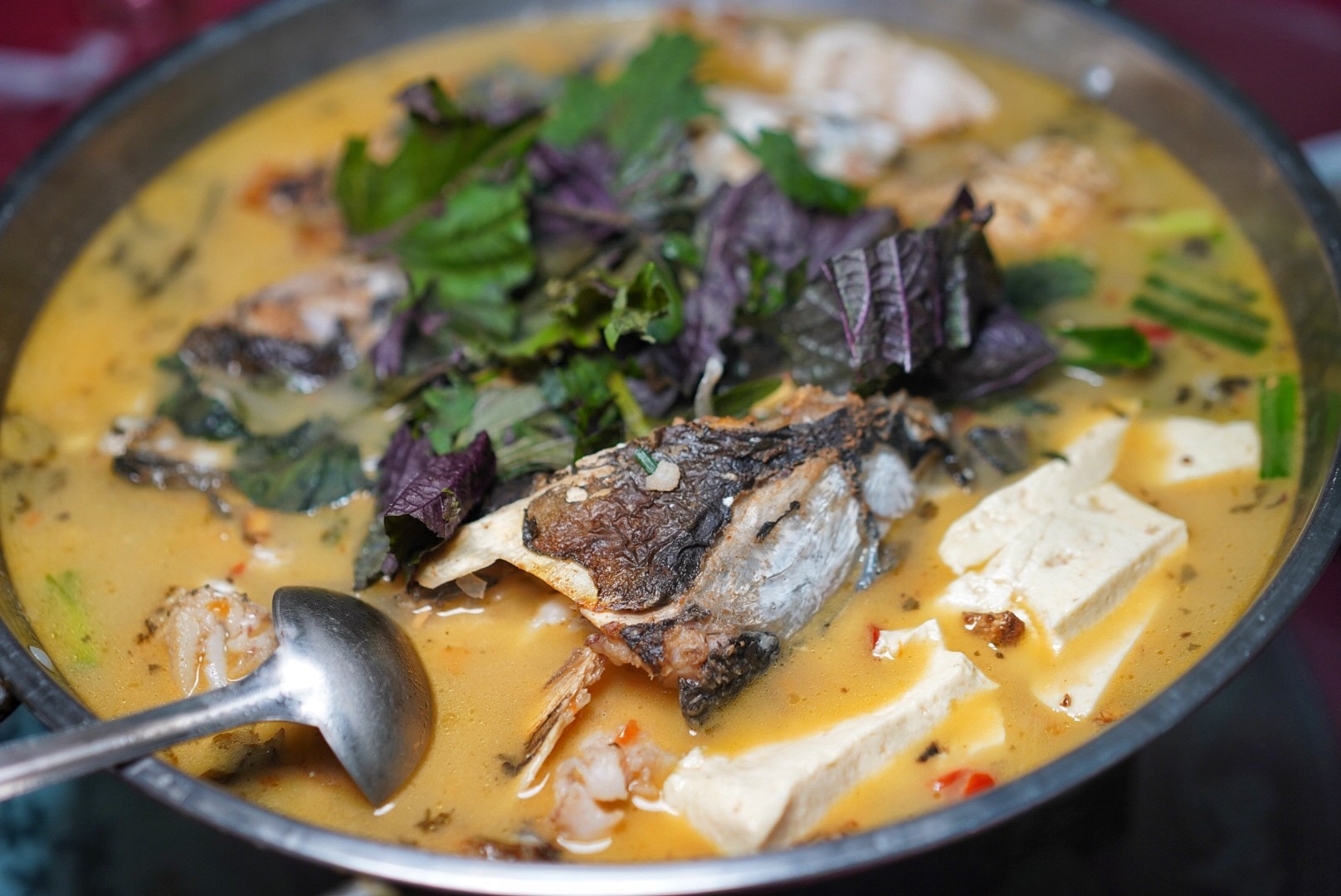
Image by Sophie Steiner/That's
A visit to the transport hub town of Anren (安仁 镇) is a must to sample the local fish head stew at Xiang Zhang Wei (项长伟), along with regional dishes like sautéed white cucumbers, stir-fried rat’s finger mushrooms, stewed pork intestines in red koji, and white fish dumplings in soup.

Image by Sophie Steiner/That's
A stopover to the nearby Fujian-descendent villages of Caizhai 蔡宅 – famed for its tofu production – and Shantou 山头 – a baijiu producing locale – round out a Qingyuan visit.
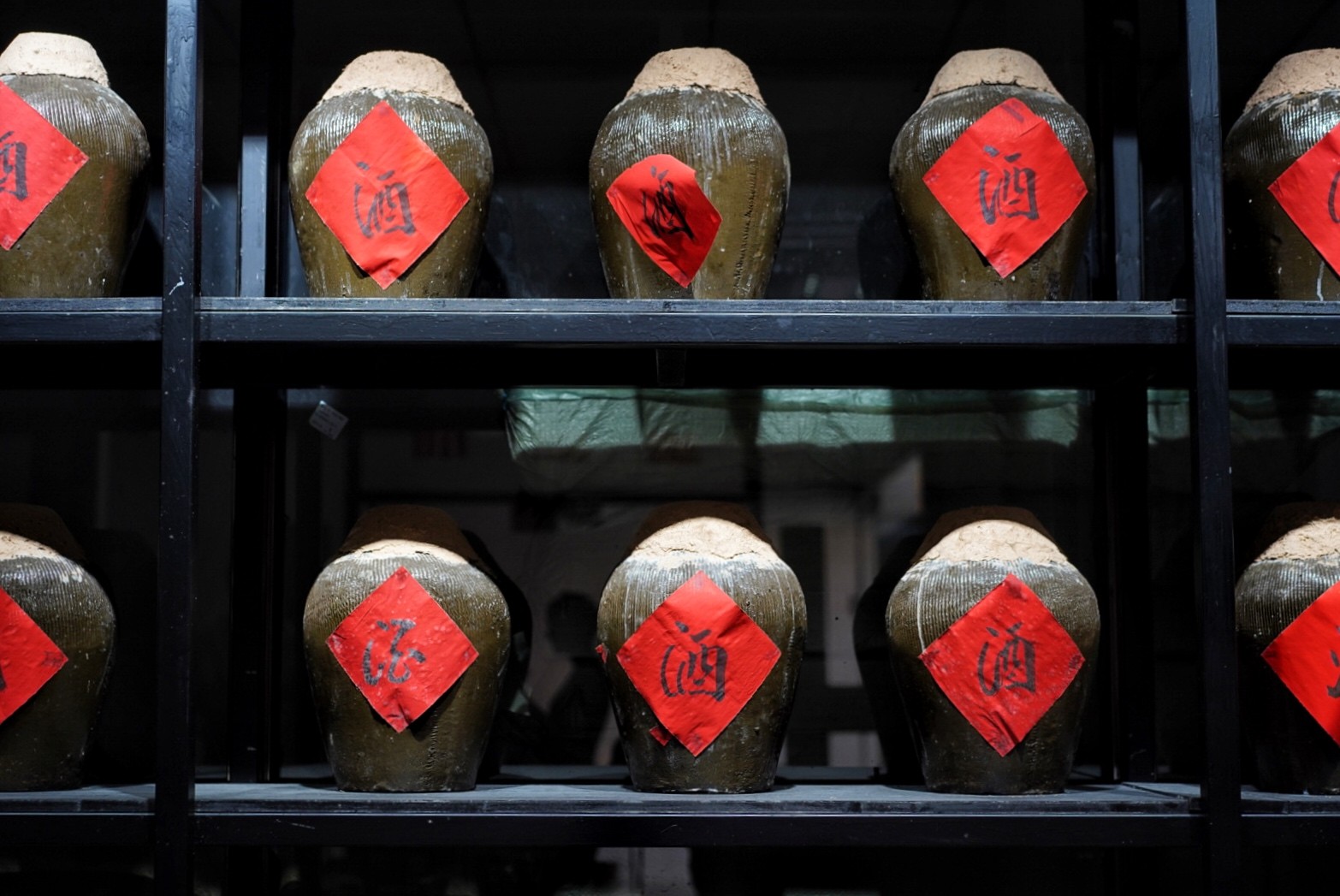
Image by Sophie Steiner/That's
Where to Stay
To get the full village experience, it’s best to stay in an actual village. One of our favorite spots in the region (that brings us back time and again) is Taoye Boutique Hotel in Songzhuang village, Songyang County.

Image courtesy of Graeme Kennedy
Designed by Lü Xiaohui (吕晓辉) of Tongji University – one of the designers behind naked Castle in Moganshan – Taoye’s exterior preserves the ancient village’s appearance, while its interior provides a contemporary contrast, a juxtaposition of rustic and modern.

Image courtesy of Graeme Kennedy
Taoye is spread across 10 buildings, encompassing 16 guest rooms, meeting rooms, a café and restaurant with an outdoor terrace and full bar, a book shop, art galleries, an onsite co-working space, and handicraft rooms sprinkled throughout the village.
By combining both old and new elements, Taoye is able to find a sustainable route forward that honors and values the past, while providing for its future.
READ MORE: Taoye Boutique Hotel: A Gateway to Zhejiang's Historic Villages
How to Get There
The most efficient way to get to Lishui ((丽水) is via high-speed train. For visitors coming from Shanghai Hongqiao Railway Station, the trip takes 2.5-3 hours and costs RMB177.50 for second class seats, with 13 trains running each day departing between the hours of 6.20am and 7pm.
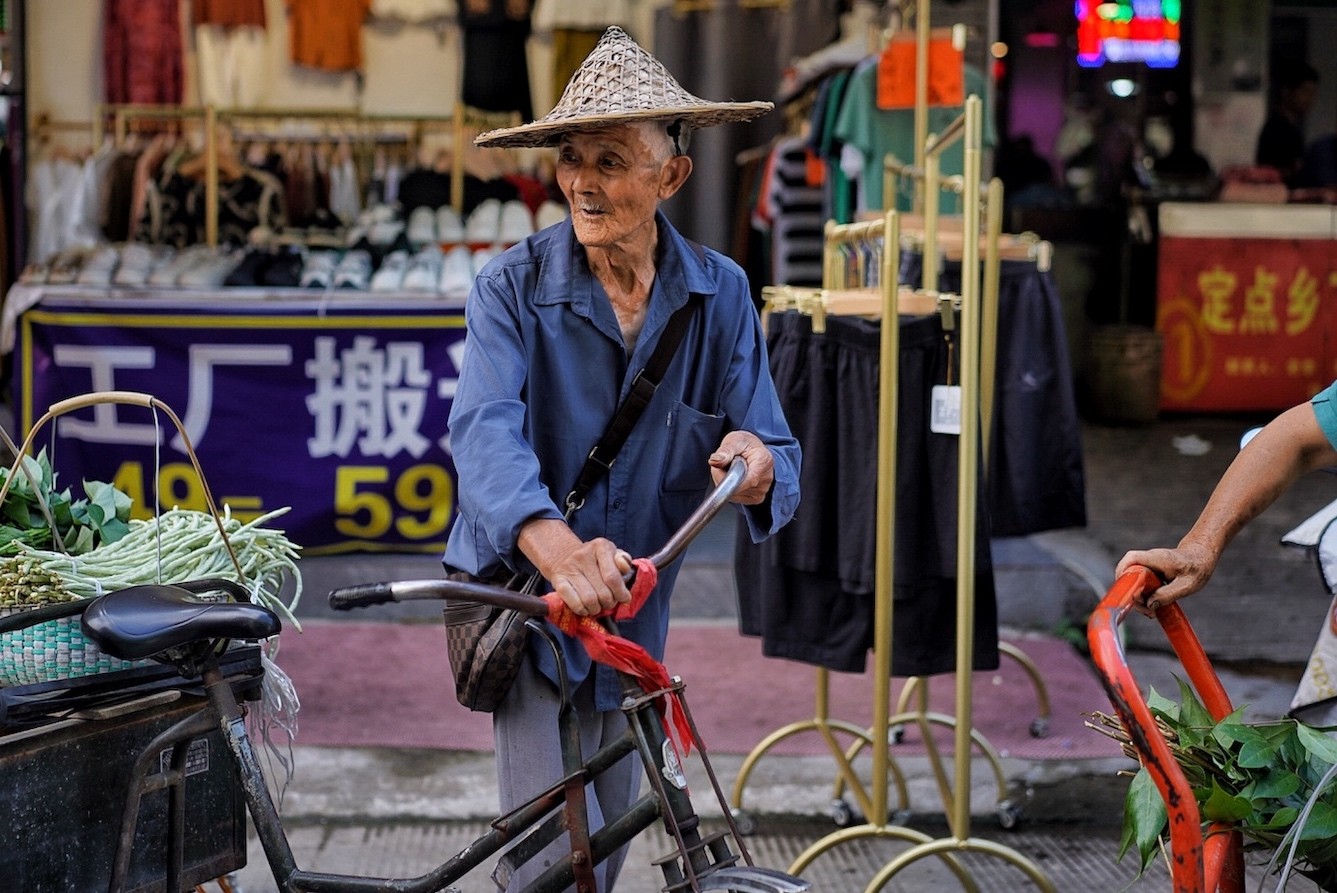
Image by Sophie Steiner/That's
From Lishui station, you can pre-arrange a driver through your accommodation that will take you to your next destination, or take public transportation (buses and cabs) directly from the train station.
Another option is to drive yourself, which gives you flexibility to visit nearby towns and sites – but do be aware that many of the country roads are narrow, winding, and not in the best condition. On the plus side, most villages offer free parking at the village entrance.
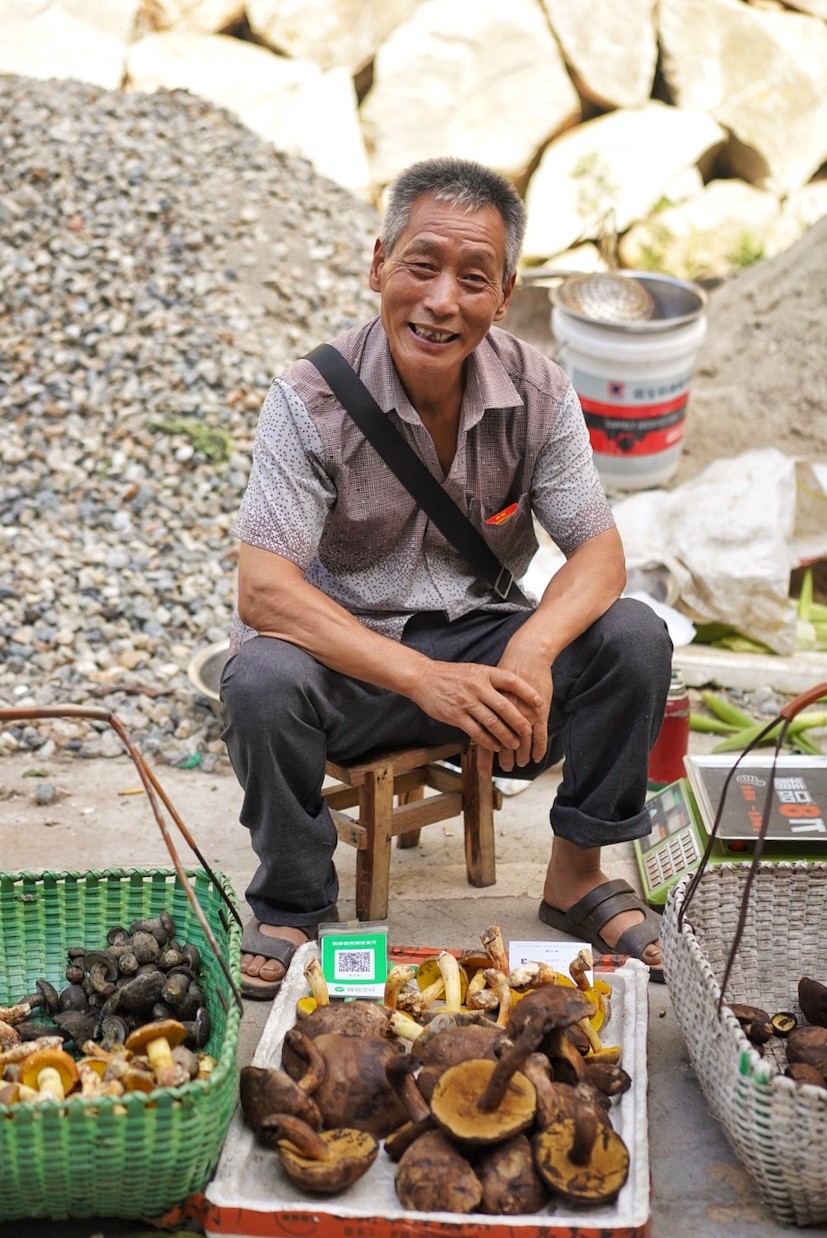
Image by Sophie Steiner/That's
[Cover image by Sophie Steiner/That’s]
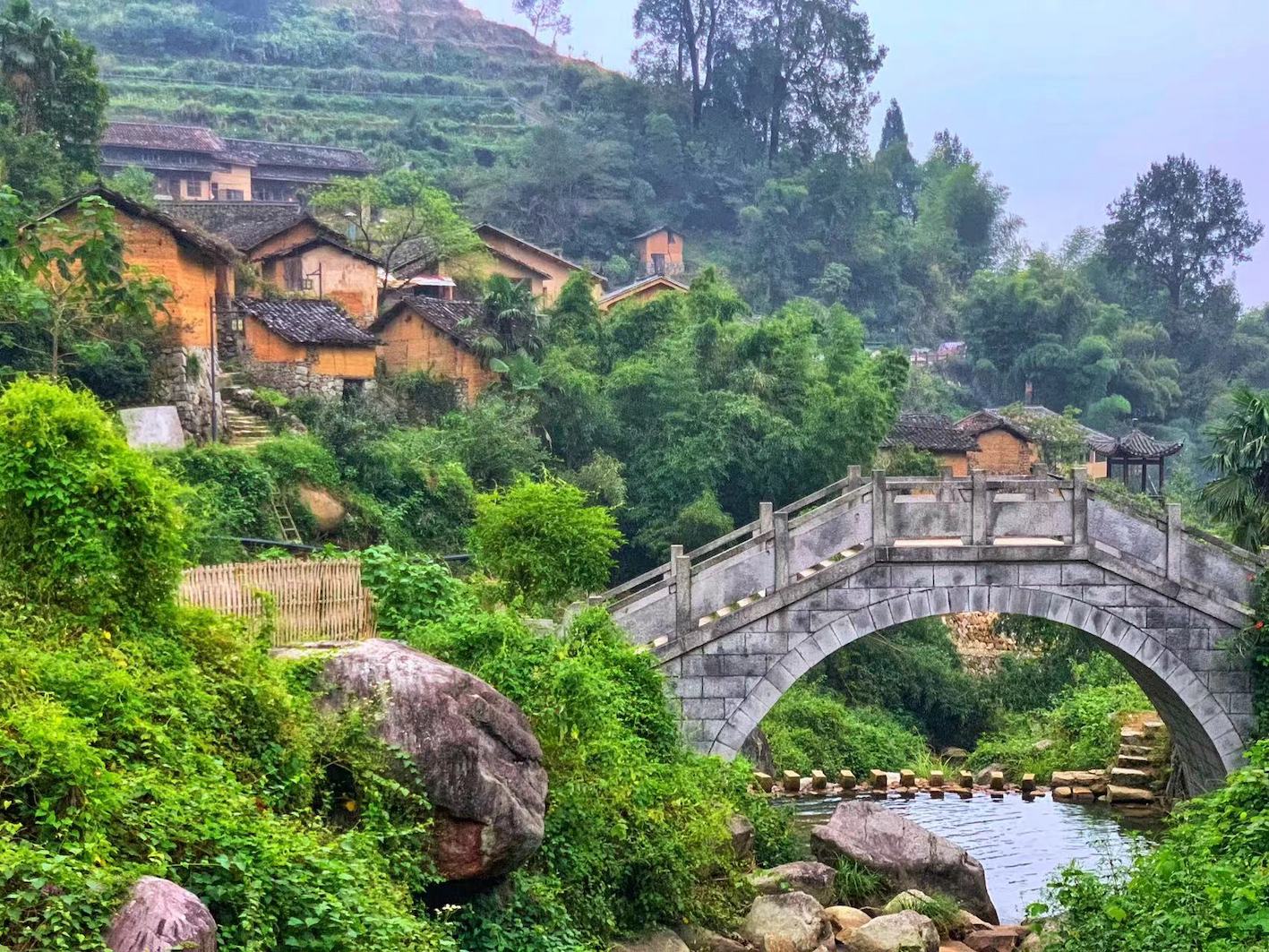





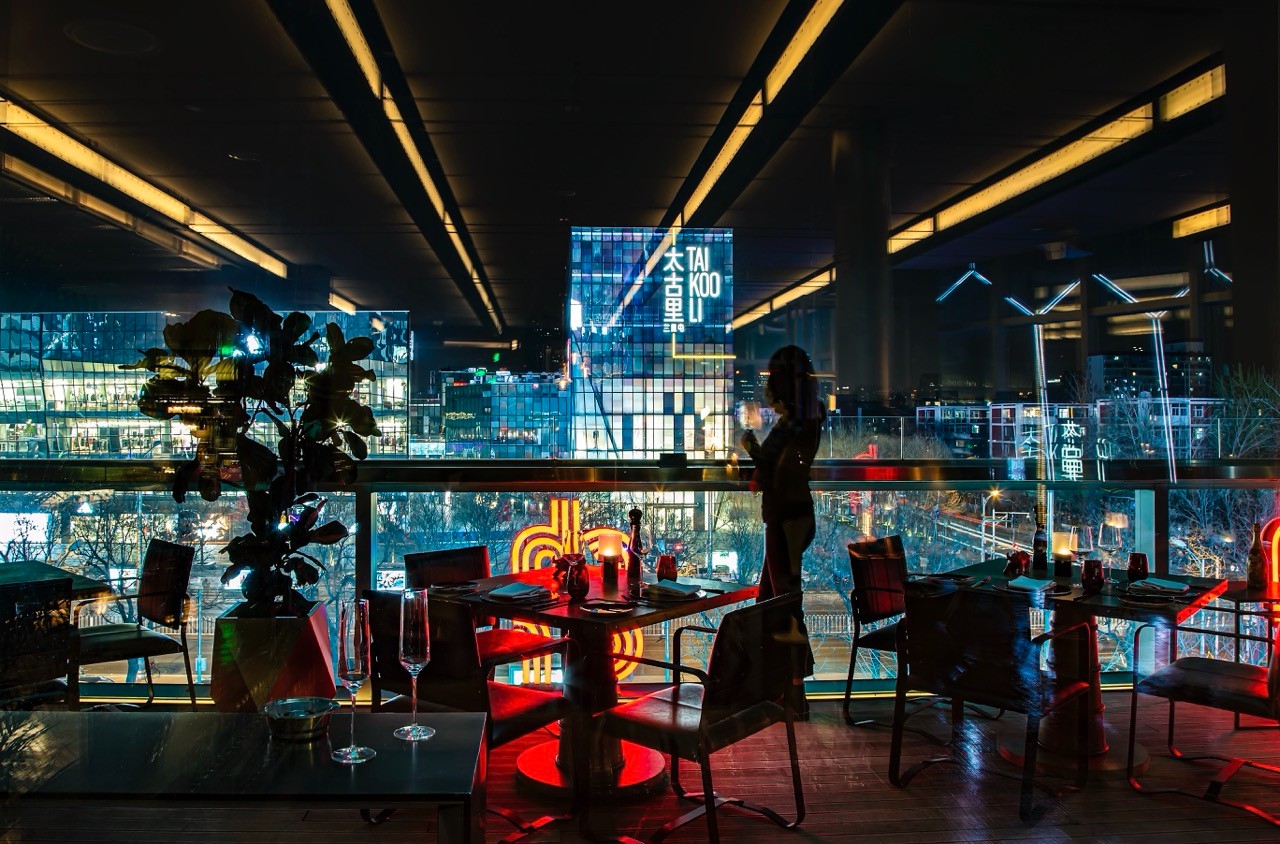













0 User Comments